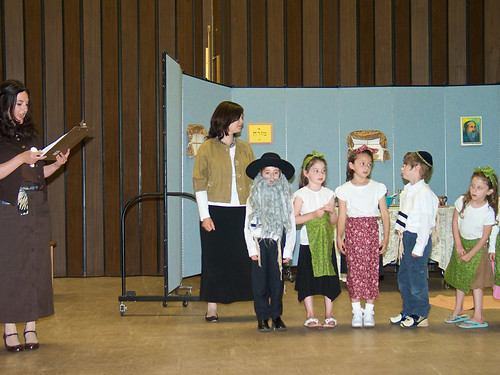Chapter 11: Engaging Teachers and
Students in Learning and Self-Reflection

Photo Credit Chaim Zvi via Flickr
Focus Question 1:
What is performance based assessment for teachers and students?
Students are evaluated on their performance based on many
different factors including individual group projects, homework, and teacher
observations of the student’s attitudes and behaviors. Performance evaluations
of teachers are based on different factors, some of which are participation at
teacher education courses, new teacher writing assignments as well as
cooperating teacher observations of new teacher attitudes and behaviors.
Tech Tool 11.2:
Online Survey Building Resources
Online surveys are a great tool for the classroom, they give
students a voice they may not have, or give them an outlet to share their
thoughts on what they may be uncomfortable sharing or too embarrassed to ask in
front of the class. Zoomerang provides prompts and templates by broad themes
including business and educational. Zoomerang actually keeps an archive of your
past surveys for you to use at a later date. SurveyMonkey after going onto its site is now owned by Zoomerang
and the same thing now. Poll Builder is based out of the Center for History and New
Media at George Mason University. This site allows both students and teachers
to create and use simple polls free of charge. This site doesn’t offer the
different prompts and templates that the previous two do but it offers research
tools in order to make the polls you make more sound.
Summary/Important
Points:
There were a few items I didn’t know a lot about until I read
through this new, the first being a digital portfolio is a collection of
educational materials stored electronically. These portfolios contain what a traditional
portfolio would, teaching materials, and etc. but in a digital format.
Democratic schools and classrooms are places where students
and teachers are able to make decisions about important educational operations
together from the academic curriculum to school climate and rules. I think this
is an interesting take on wanting students to be involved in the learning process
and having a voice. The definite con in this type of learning environment,
which in mentioned in this chapter, is how students can make selfish,
uninformed decisions that themselves at the time, including no homework and
more social time.
Clicker devices really take learning and classroom
interaction to a whole new level. Students use these devices to answer
questions instantly. Depending on the model students can answer multiple
choice, yes or no, true or false, ranking, numeric and short answer questions.
Once everyone in the class has answered a question the responses are
immediately posted for everyone to see. This a great way to keep students
involved in a lesson and to know for sure that everyone is involved based on
how many answers are being submitted.
Resources:
Maloy, R. W., Verock-O'Loughlin, R., Edwards, S. A., &
Woolf, B. P. (2007). Problem Solving and Inquiry Learning with Software and Web
Tools. Transforming Learning with New Technologies (pp. 174-205). Boston:
Pearson
Chaim Zvi via Flickr
"About Poll Builder." ww.gmu.edu. N.p., n.d. Web.
12 Nov. 2013. <http://chnm.gmu.edu/research-and-tools/...>.
"Information." www.zoomerang.com. N.p., n.d. Web.
11 Nov. 2013. <http://info.zoomerang.com>.
